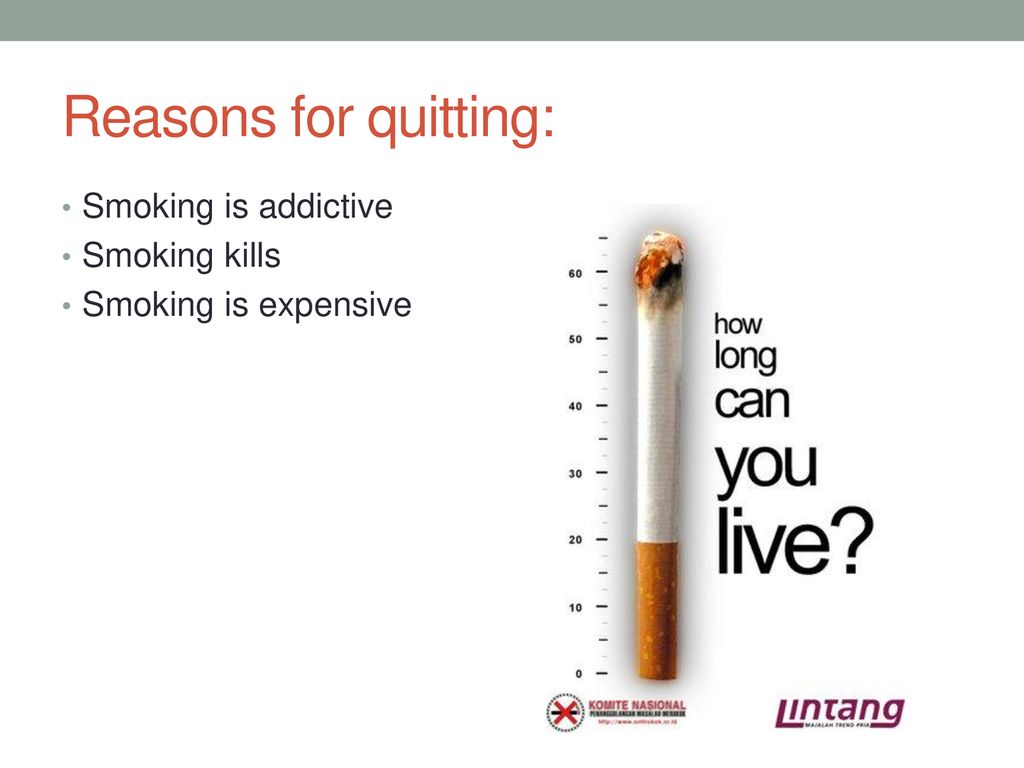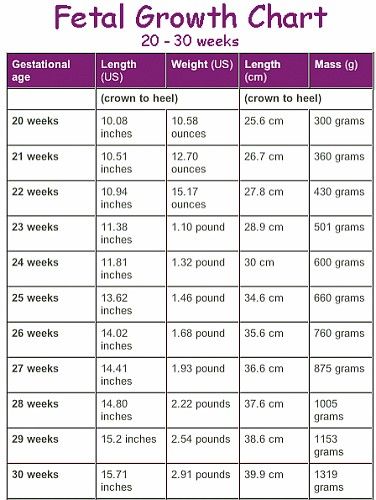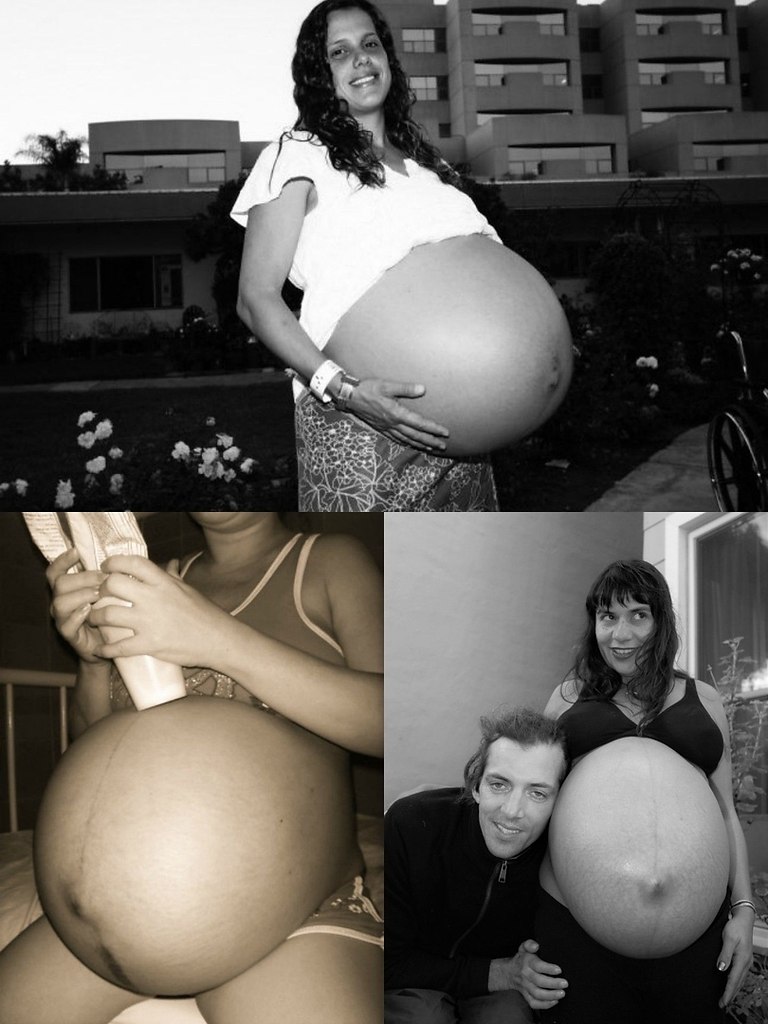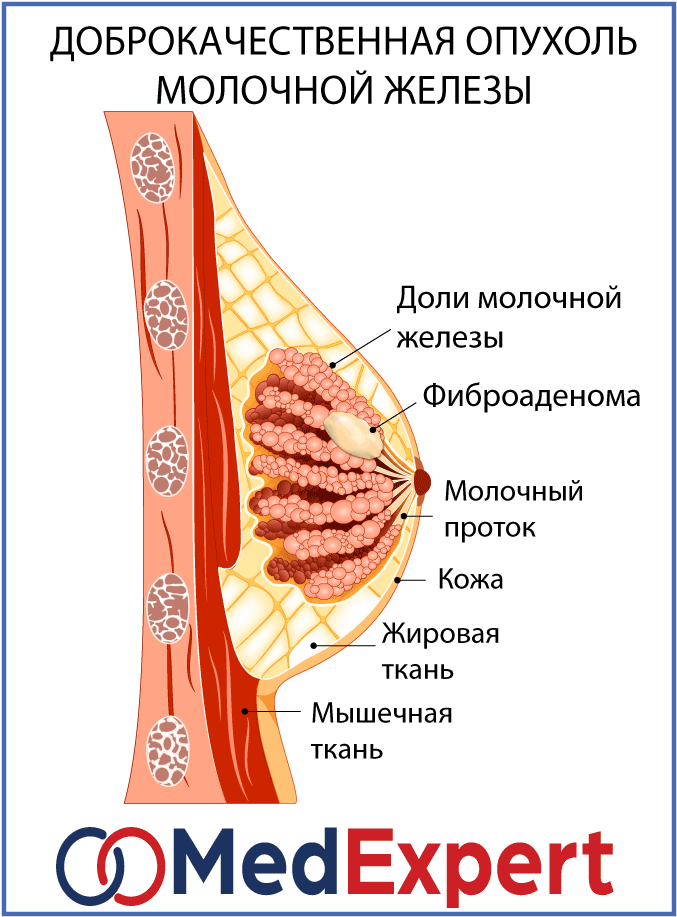How to help baby poop when constipated
Symptoms, Treatment and When to Call a Doctor
Nationwide Children’s Hospital
Constipation (con-sta-PA-shun) in infants can worry parents. Most of the time, your baby is not really constipated. They may not have developed a routine for pooping yet. Some babies do not develop a bowel movement (BM) pattern for a while.
An infant’s BM pattern can change if their diet changes, like switching from breastmilk to formula, starting solid foods, or drinking less formula than usual. If your baby’s stool (poop) is not soft or easily passed, then they may be constipated.
In rare cases, constipation may be caused by a lack of nerves going to the intestines or by a problem with the way the intestine formed at birth. Your baby can be tested for these conditions if your health care provider feels it is needed.
Signs of Constipation
- less stools than their usual pattern
- straining more than normal to have a bowel movement
- a change in how the stool looks from soft and mushy to:
- small, hard pebbles, or like a large, round golf ball
- loose and watery
- abdomen (belly) bloated or swollen with gas
- painful cramps
Treatment
- If your baby is not eating baby food yet, you may give 1 to 2 ounces of 100% fruit juice (pear, prune, cherry, or apple) once a day.
Stop the juice if their stools become too loose.
- If they are old enough to eat baby foods, feed them pureed pears, peaches, or prunes instead of giving them juice.
- If your baby eats cereal, it may help to give oatmeal, wheat, or barley cereal. Rice cereal can cause constipation in some children.
- Sometimes giving your baby a warm bath to relax them or exercising their legs, like riding a bicycle, will help stimulate the bowels to move (Picture 1).
- If it has been a few days since your baby has pooped and the juice or pureed food has not worked, then you can try a glycerin suppository. Place your baby on their back. Gently push the suppository into their anus (bottom). Suppositories are meant for occasional use.
- Contact your baby’s health care provider before giving them laxatives, baby mineral oil, or enemas to treat constipation.
Medical Therapy
Your child’s health care provider may order the following treatments:
- Give your child medication.

- Check your child’s temperature using a digital, rectal thermometer. Put a small amount of petroleum jelly (Vaseline®) on its tip before inserting into the rectum. Taking a rectal temperature may stimulate the baby to pass stool.
When to Call the Health Care Provider
Call the health care provider if any of the following occurs:
- Your baby is irritable and seems to be having stomach pain. Infants will pull their legs up to their stomach and cry when they are in pain.
- Your baby has constipation and develops vomiting, and their belly looks like it is bloated or filled with gas.
- You see blood in their stool.
- Their constipation does not get better with treatment.
If you have any questions or concerns, call your baby’s health care provider.
Constipation: Infant (PDF), Spanish (PDF), Somali (PDF), Arabic (PDF), Nepali (PDF)
HH-I-14 ©Copyright 1984, Revised 2022, Nationwide Children’s Hospital
You Might Also Be Interested In
Blog
The Pee Palette: What Do All of Those Colors Mean?
Blog
Pelvic Floor Physical Therapy: How It Can Help
Podcast
PediaCast 503 Your Childs Stomach Part 1
Baby constipation: Top 7 home remedies
Babies often go a long time between bowel movements.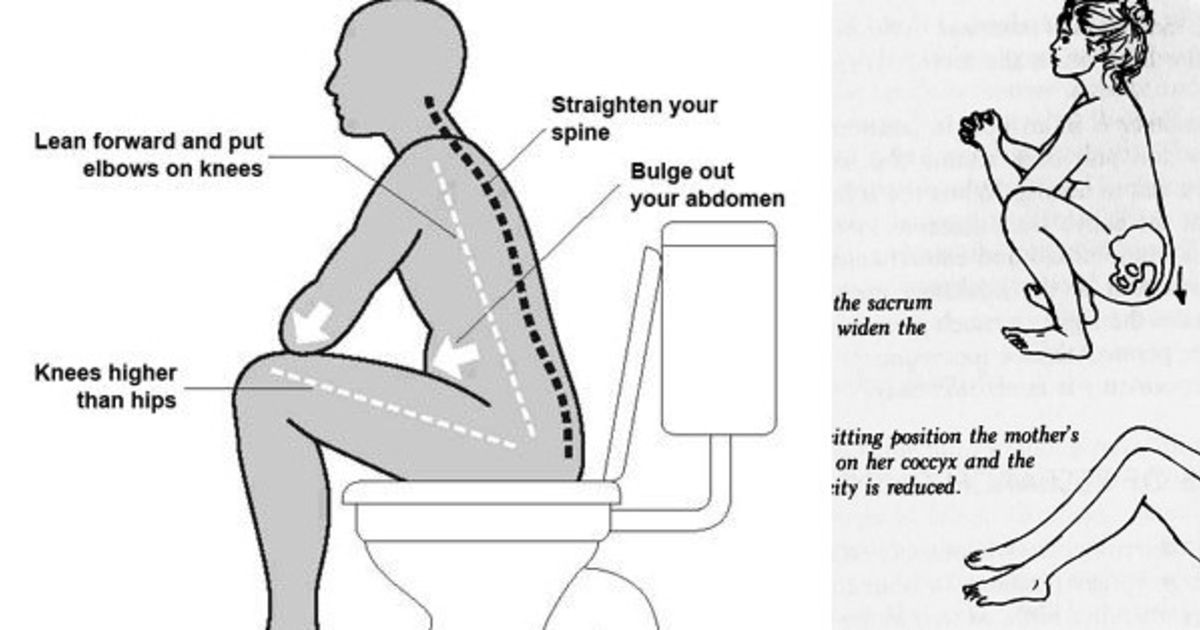 Most of the time, it is normal for a baby to go days or even more than a week without a bowel movement. However, a baby may sometimes be constipated and need a little help.
Most of the time, it is normal for a baby to go days or even more than a week without a bowel movement. However, a baby may sometimes be constipated and need a little help.
If a baby is constipated, a pediatrician may recommend using home remedies as a first-line treatment for baby constipation.
Home remedies for constipation in a baby include:
1. Exercise
Moving a baby’s legs can help relieve constipation.
As with adults, exercise and movement tend to stimulate a baby’s bowels.
However, as babies may not be walking or even crawling yet, a parent or caregiver may want to help them exercise to relieve constipation.
The parent or caregiver can gently move the baby’s legs while they are lying on their back to mimic the motion of riding a bicycle. Doing this may help the bowels function and relieve constipation.
2. A warm bath
Giving a baby a warm bath can relax their abdominal muscles and help them stop straining. It can also relieve some of the discomfort relating to constipation.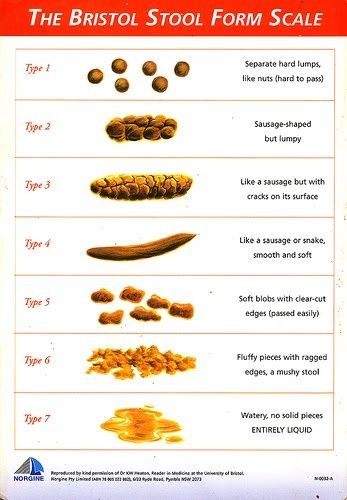
3. Dietary changes
Certain dietary changes may help constipation, but these will vary depending on the baby’s age and diet.
While breastfeeding a baby, a woman could eliminate certain foods, such as dairy, from her diet. It may take some trial and error to identify the dietary changes that help, and it is quite possible that changes in the diet will have no effect on the baby’s constipation.
For formula-fed babies, a parent or caregiver may want to try a different kind of formula. It is best not to switch to a gentle or dairy-free formula without consulting a pediatrician first. If one change does not make a difference, continuing to try different formulas is unlikely to help.
If an infant is eating solid foods, parents or caregivers should look to introduce foods that are good sources of fiber.
Many fruits and vegetables can help stimulate the bowels because of their higher fiber content. Good food choices for babies with constipation include:
- skinless apples
- broccoli
- whole grains, such as oatmeal or whole-grain bread or pasta
- peaches
- pears
- plums
4.
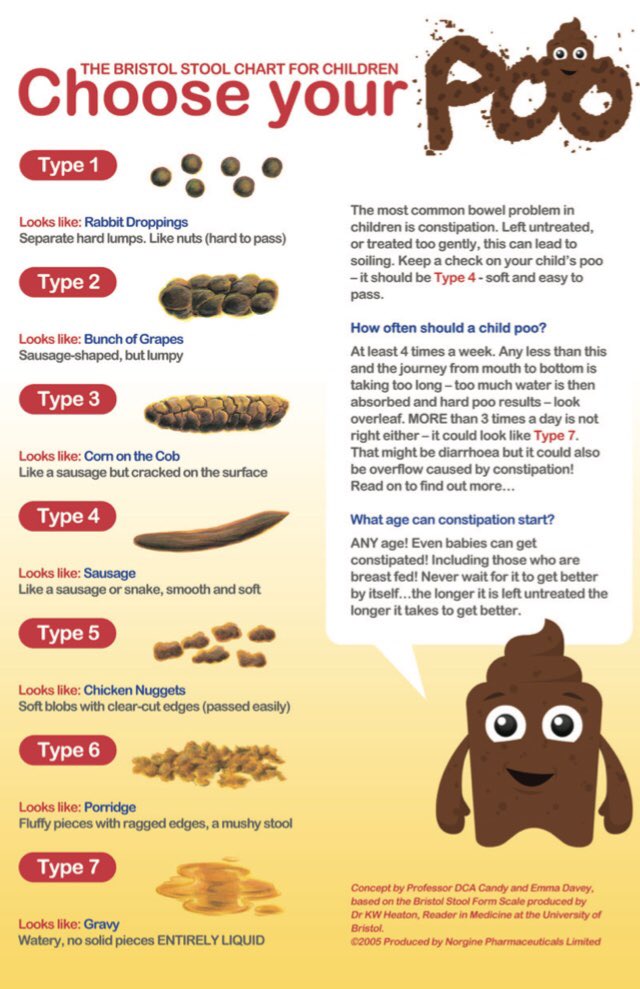 Hydration
HydrationYoung infants do not typically need supplemental liquids as they get their hydration from breast milk or formula.
However, babies that are constipated may benefit from a small amount of extra liquid.
Pediatricians sometimes recommend adding a small amount of water or, occasionally, fruit juice, to the baby’s diet when they are over 2–4 months old and are constipated.
5. Massage
There are several ways to massage a baby’s stomach to relieve constipation. These include:
- Using the fingertip to make circular motions on the stomach in a clockwise pattern.
- Walking the fingers around the naval in a clockwise pattern.
- Holding the baby’s knees and feet together and gently pushing the feet toward the belly.
- Stroking from the rib cage down past the belly button with the edge of a finger.
6. Fruit juice
A small amount of pure apple juice can help soften stool.
After a baby reaches 2–4 months of age, they can have a small amount of fruit juice, such as 100-percent prune or apple juice.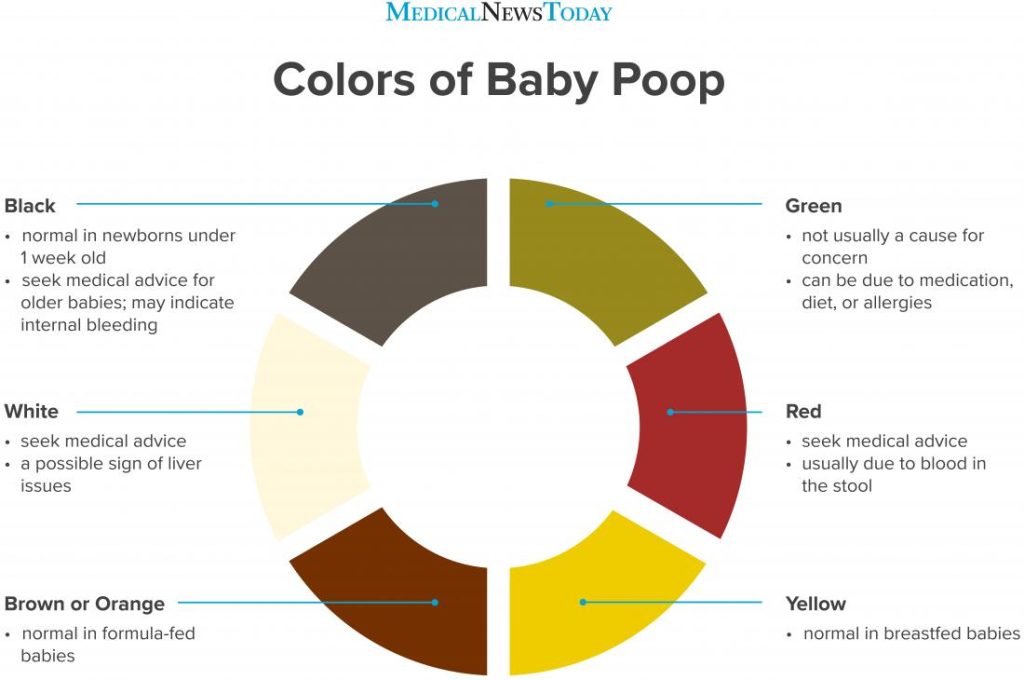 This juice may help treat constipation.
This juice may help treat constipation.
Experts may recommend starting with about 2–4 ounces of fruit juice. The sugar in the juice is hard to digest. As a result, more liquid enters the intestines, which helps soften and break up the stool.
However, a parent or caregiver should not give fruit juice to a baby for the first time without consulting their pediatrician.
7. Taking a rectal temperature
When a baby is constipated, taking the baby’s rectal temperature with a clean, lubricated thermometer may help them pass stool.
It is important not to use this method very often, as it can make constipation worse. The baby may start not wanting to pass a bowel movement without help, or they may begin to associate having a bowel movement with discomfort, leading them to fuss or cry more during the process.
Anyone who feels as though they often need to use this method to help the baby have a bowel movement should talk to the baby’s doctor.
As infants may go for extended periods without a bowel movement, it can be hard to tell if they are constipated.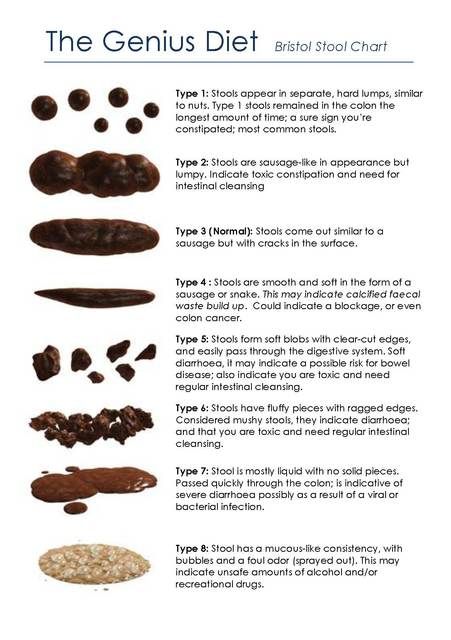 Signs that indicate constipation in a baby include:
Signs that indicate constipation in a baby include:
- infrequent stools that are not soft in consistency
- clay-like stool consistency
- hard pellets of stool
- long periods of straining or crying while trying to have a bowel movement
- streaks of red blood in the stool
- lack of appetite
- a hard belly
Signs of constipation in babies vary depending on their age and diet. A normal bowel movement before a baby begins eating solid food should be very soft, almost like the consistency of peanut butter or even looser.
Hard baby stool prior to solid food is the most obvious indication of constipation in babies.
At first, breastfed babies may pass stool often since breast milk is easy to digest. However, once a baby is between 3 and 6 weeks old, they may only pass a large, soft stool once a week and sometimes even less.
Formula-fed babies tend to pass stool more frequently than breastfed babies. Most formula-fed babies will have a bowel movement at least once a day or every other day.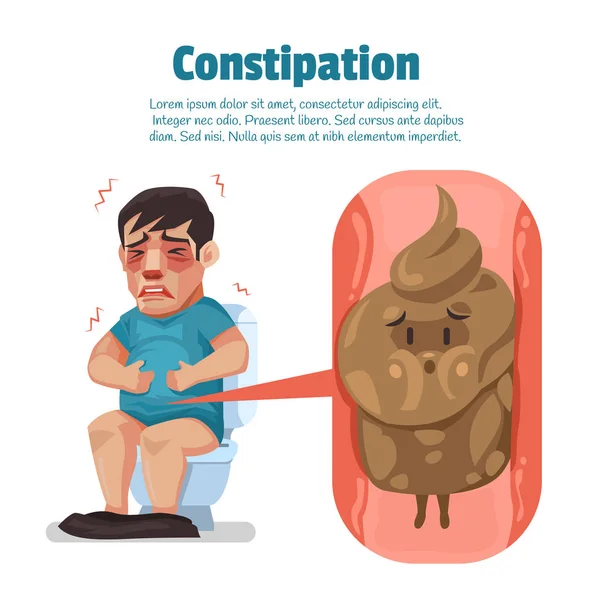 However, some formula-fed babies may go longer between bowel movements without being constipated.
However, some formula-fed babies may go longer between bowel movements without being constipated.
Once a parent introduces solid food to a baby’s diet, a baby may be more likely to experience constipation. A baby may also be more likely to become constipated if a parent or caregiver introduces cow’s milk (other than formula) to their diet.
Share on PinterestA doctor should assess a baby with ongoing constipation.
It is advisable to call a pediatrician if a baby has not passed a stool after a day or two and there are other signs present, such as:
- blood in the stool
- the baby seems to be irritable
- the baby appears to have abdominal pain
- there is no improvement in the baby’s constipation after taking steps to treat it
Treatment typically starts with home remedies. If home remedies do not work, a doctor may examine the baby and, in rare cases, prescribe medications, such as:
- laxatives
- enemas
- suppositories
People should never give these medications to a baby unless a doctor prescribes them.
Constipation can lead to discomfort and irritability in a baby. People can try several at-home methods to help alleviate constipation.
If symptoms do not improve, it is best to speak to the infant’s pediatrician for additional strategies.
Read the article in Spanish.
symptoms, causes, diagnosis, how to help a child with constipation
How to solve the problem and help the baby?
Constipation is one of the most common problems in children. According to statistics, in Russia constipation occurs in every fourth child 1 . And this problem significantly complicates the calm and cheerful life of both the child and and parents, because constipation often causes pain, the child the mood deteriorates, the parents are on their nerves - in general, there is little good.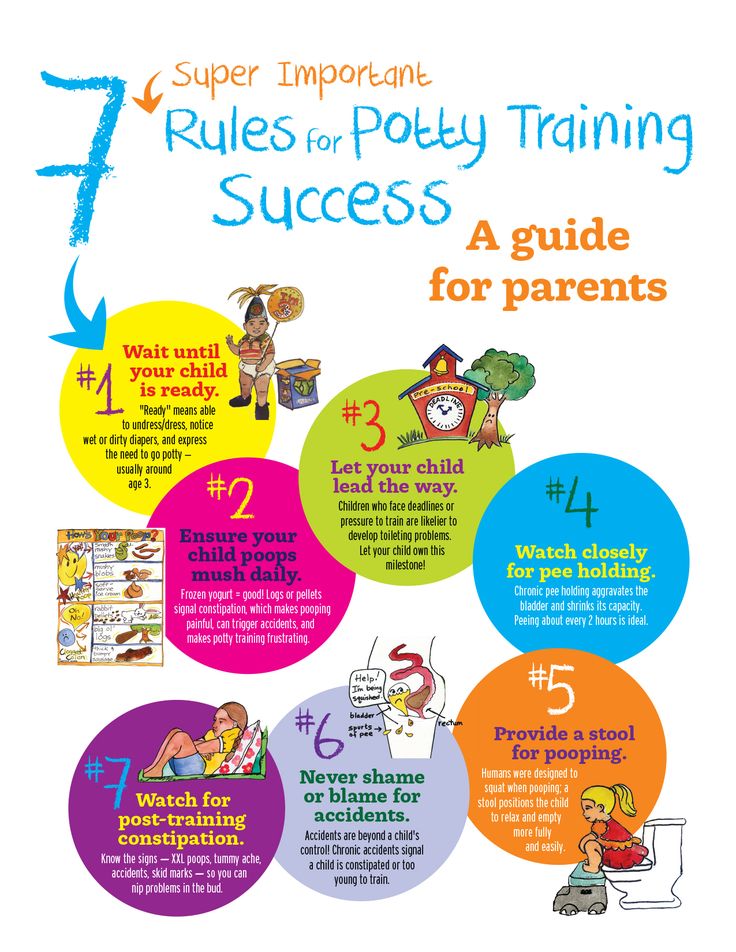
In order not to miss the problem of constipation in the baby, we armed ourselves
scientific knowledge and talk about how to identify constipation,
why does it occur and what to give a child with constipation?
Causes of constipation in children
There are quite a few of them and almost all of them depend on age child. That is, constipation in infants and schoolchildren cause different reasons. Let's consider them in more detail.
Stress and change routine
These reasons are typical, as a rule, for babies.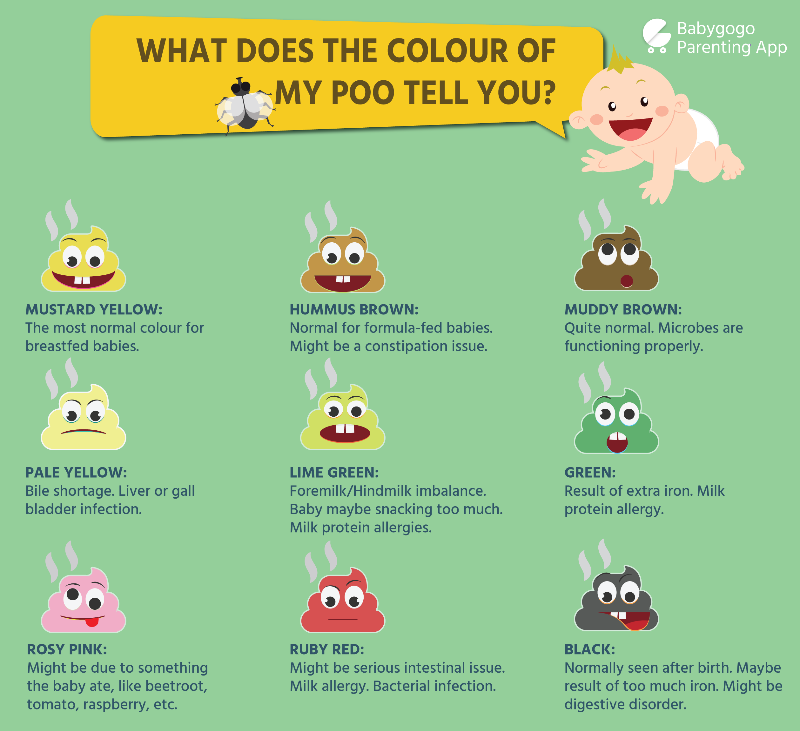 under the age of one year. In this tender age, coordination muscle contractions of the intestinal wall can be violated 5 , which leads to difficulties with defecation. In addition, constipation in infants may occur after switching to artificial mixtures 1 . In breast milk contains many beneficial intestinal flora substances - dietary fiber, a large amount of fat, proteins in the optimal ratio. All of them contribute normal bowel movements 6 .
under the age of one year. In this tender age, coordination muscle contractions of the intestinal wall can be violated 5 , which leads to difficulties with defecation. In addition, constipation in infants may occur after switching to artificial mixtures 1 . In breast milk contains many beneficial intestinal flora substances - dietary fiber, a large amount of fat, proteins in the optimal ratio. All of them contribute normal bowel movements 6 .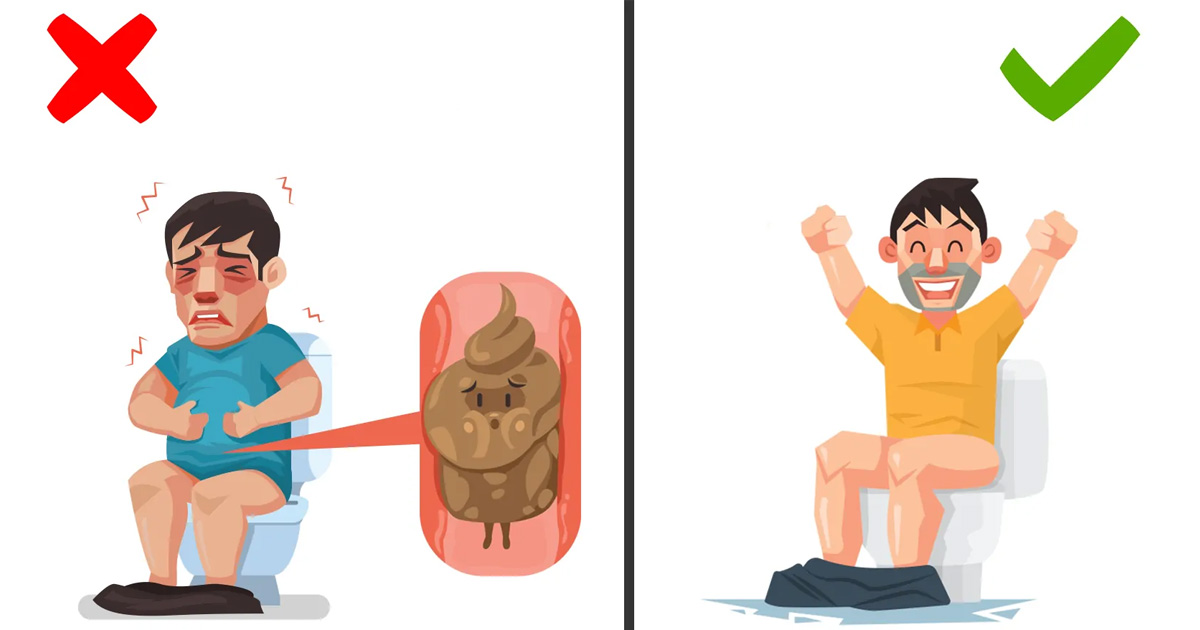
Stress and change routine
Common causes of constipation are new conditions that break the child's usual daily routine and environment. So, for example, a violation of defecation often appears during potty training, with the start of attending kindergarten or schooling 1 .
Irritable syndrome intestines
This disorder is noted in an older age group - in children from 4 to 18 years old. In this disease, the child periodically abdominal pain occurs, which may be accompanied by symptoms indigestion and constipation 1.7 .
In this disease, the child periodically abdominal pain occurs, which may be accompanied by symptoms indigestion and constipation 1.7 .
How to understand that a child has constipation?
It seems that the answer to this question very simple - child rarely walks "big". However, this is not quite correct figure. Case that the frequency of stool in healthy children can be very different 1 .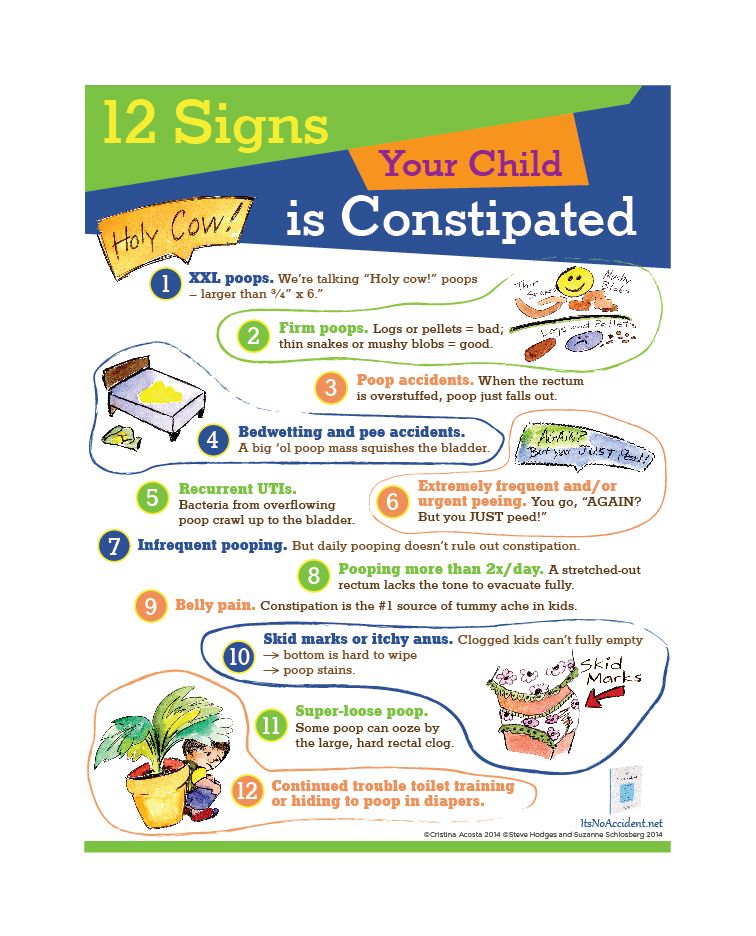
However, if a child's routine of going to the toilet has changed, you should be alert and analyze what is happening. Yes, yes, literally turn into a patient detective and examine the contents of a pot or toilet. This may not be the most pleasant occupation, but the result of research can greatly facilitate both your life and the child's.
So, first of all, you need to evaluate the shape of the stool. This will help to determine with some accuracy whether there is constipation or not 1 . We will not determine the shape “by eye”, but with the help of the Bristol scale of fecal shapes, developed by doctors. According to this scale, there are seven types of stool. We are only interested in two of them.
Constipation criteria according to the Bristol Stool Scale
3 :Hard and dry, nut-like lumps (called "sheep" stool)
Sausage-shaped stool with a lumpy texture.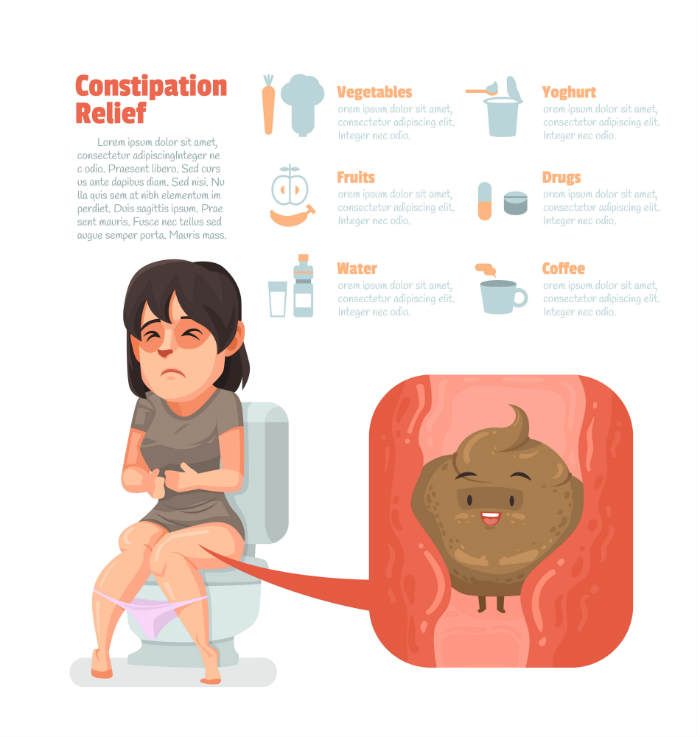
In addition to determining the shape of the stool, you should pay attention to other signs of constipation. For example, a child may begin to push too hard, take uncharacteristic positions, try to poop, and in general, spend much more time on the potty or toilet than usual. 1
If there is no stool for several days, constipation is considered acute. If the constipation problem persists for 3 months or more, this is regarded by specialists as a “chronic condition” 2.4 .
Treatment of constipation in a child
So what should you do if your child is constipated?
First of all, you need to make certain changes in the daily routine. All of them are quite simple and effective. Remember.
Remember.
Maintain regular toileting
Natural urge to defecate usually appears after eating. Therefore, a small child stands in the morning some time after taking put food on a pot or invite him to go to the toilet. You can develop a kind of reflex in a child - for example, "had breakfast - pooped" 1 .
Comfort
To form a positive perception of going to the toilet in a child, it is also important to provide comfortable conditions for him: for example, to choose a suitable potty so that the child can take a comfortable position 10 . In addition, it is necessary that during defecation, the baby has some kind of support where you can rest your feet, for example, a low bench that can be placed in the toilet, since an increase in intra-abdominal pressure when straining is important to resolve constipation 1 .
In addition, it is necessary that during defecation, the baby has some kind of support where you can rest your feet, for example, a low bench that can be placed in the toilet, since an increase in intra-abdominal pressure when straining is important to resolve constipation 1 .
Correct nutrition
This is a very important step in the treatment of constipation. From the menu you need to remove fats, sweets (yes, we understand how difficult it is with this item) and marinades.
And replace all this splendor with cereals, vegetables and fruits. Plum, peach and apple purees and juices are especially good for constipation 1 .
Important to understand
Lifestyle changes may not help immediately. Therefore, there are modern remedies for constipation in children, which can contribute to a faster resolution of this problem.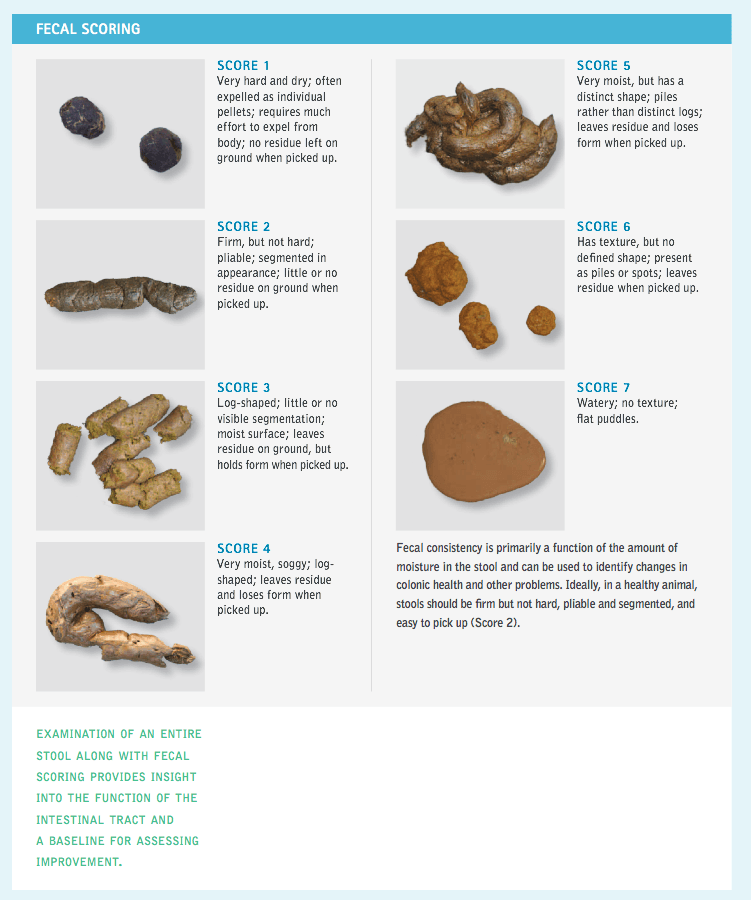 One of these is Guttalax®, a local laxative that can stimulate colonic activity, which can lead to soft stools and normal bowel movements 8 . However, it is important to remember that prescription drugs in children drugs should only take place after consultation with a doctor. Only a specialist can determine the cause of constipation and help deal with them.
One of these is Guttalax®, a local laxative that can stimulate colonic activity, which can lead to soft stools and normal bowel movements 8 . However, it is important to remember that prescription drugs in children drugs should only take place after consultation with a doctor. Only a specialist can determine the cause of constipation and help deal with them.
Unlike other laxatives, which can sometimes focus the child's attention on a problem, for example, they do not taste acceptable to everyone 11 , or are administered rectally, which can increase the child's fear and discomfort regarding defecation 12 , Guttalax® you can let your baby quietly and naturally normalize the bowel rhythm 8.9 .
Guttalax® - tasteless and odorless drops,
Guttalax® can be added to any food, such as baby food, juice or cottage cheese 9 .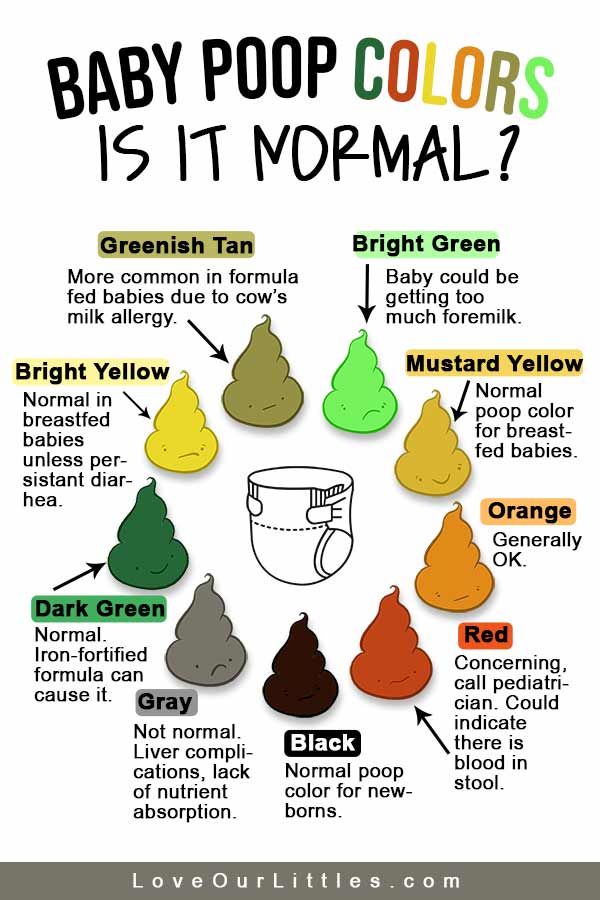
To have a laxative effect could show up in the morning can you give him some in the evening, before bed. This helps normalize mode and rhythm of defecation in the morning.
Another important issue that worries mothers is drug tolerance. Guttalax® has a favorable safety profile. It is allowed for nursing mothers, and you can also give Guttalax® to babies * .
Drops do not contain glucose, so they can be used in diabetes mellitus 8 . In addition, Guttalax® is an original preparation produced in Italy.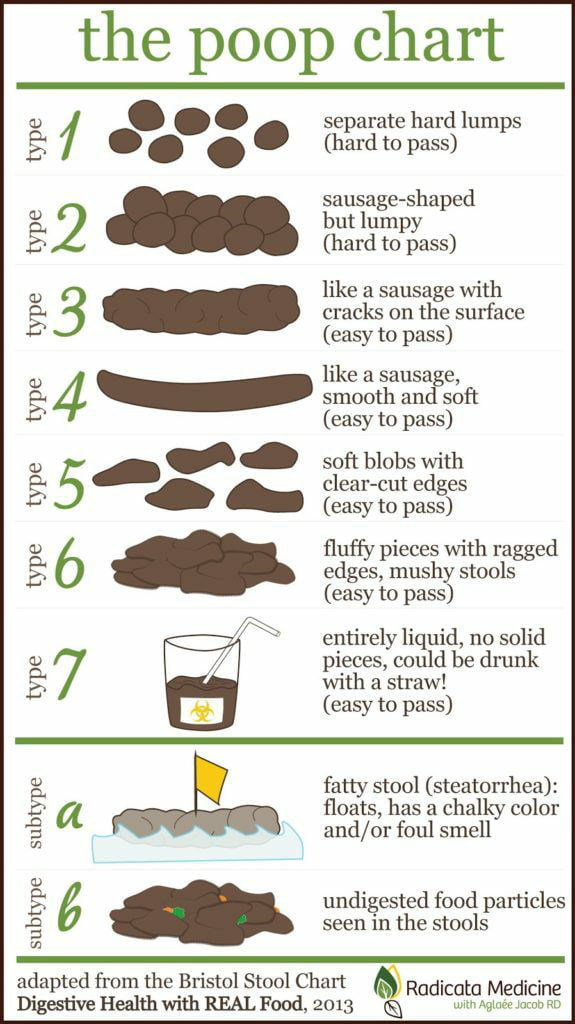
How to help a child with constipation? – health articles
06/16/2021
Contents
- Causes of constipation in children
- Symptoms of constipation
- Diet
- Gymnastics
- Benefits of contacting MEDSI
Constipation in a child can occur at various stages of growth and development. According to statistics, every fifth baby suffers from problems with stool. In this case, violations can occur already in infancy. With the start of complementary foods, the stool usually improves, which is associated with the introduction of fiber into the diet and an increase in physical activity. After a year, the number of children suffering from constipation is growing again. This is already due to the transition to solid food, the rejection of breastfeeding and the reduction in liquid in the diet.
It is dangerous to neglect constipation!
In fact, their consequences are quite dangerous and can cause:
- baby stress
- rectal deformities
- anal fissures
- general organism intoxication
What to do if the child has constipation?
- Find out the cause of the pathological condition together with the doctor
- Stick to a diet
- Pay attention to moderate physical activity
Important! It is forbidden to self-medicate.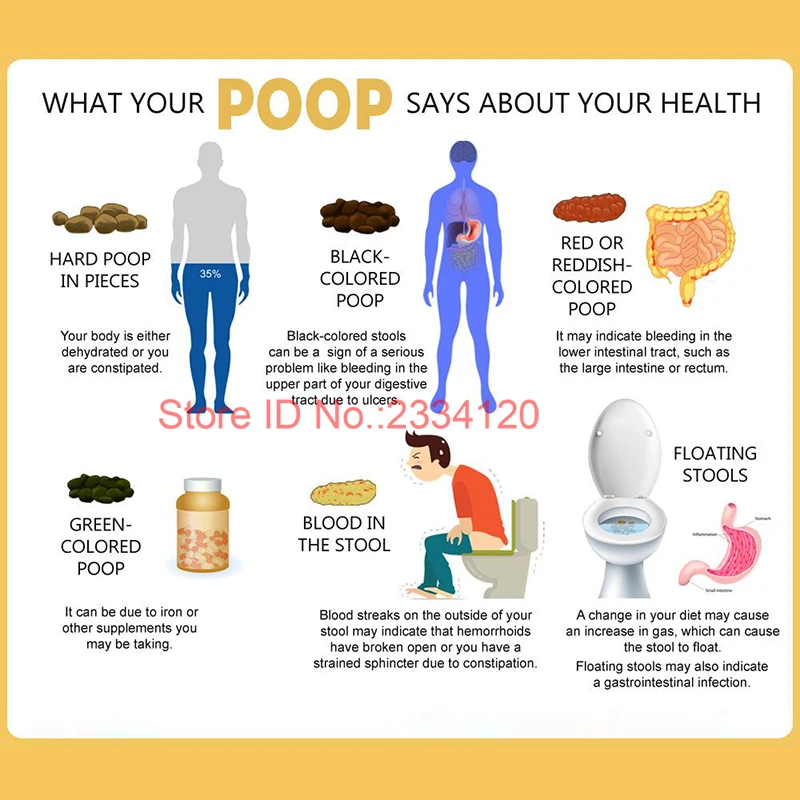 Laxative suppositories and other means should not be given, as well as cleansing enemas.
Laxative suppositories and other means should not be given, as well as cleansing enemas.
It is forbidden to self-medicate. Laxative suppositories and other means should not be given, as well as cleansing enemas.
Causes of constipation in children
The main factors stimulating stool disorders in children include:
- Insufficient fluid intake
- Meals with little or no fiber
- Lack of physical activity
Symptoms of constipation
A pathological condition can be suspected by the following signs:
- the presence of blood (scarlet, fresh) in the stool during the act of defecation and after it in the form of blots (traces) on toilet paper
- infrequent visits to the toilet for the purpose of defecation (2 or less times a week)
- large large compartments
- the need for strong straining during bowel movements
- pain in the anus and abdomen
Diet
What can be given to a child for constipation?
This question interests many parents.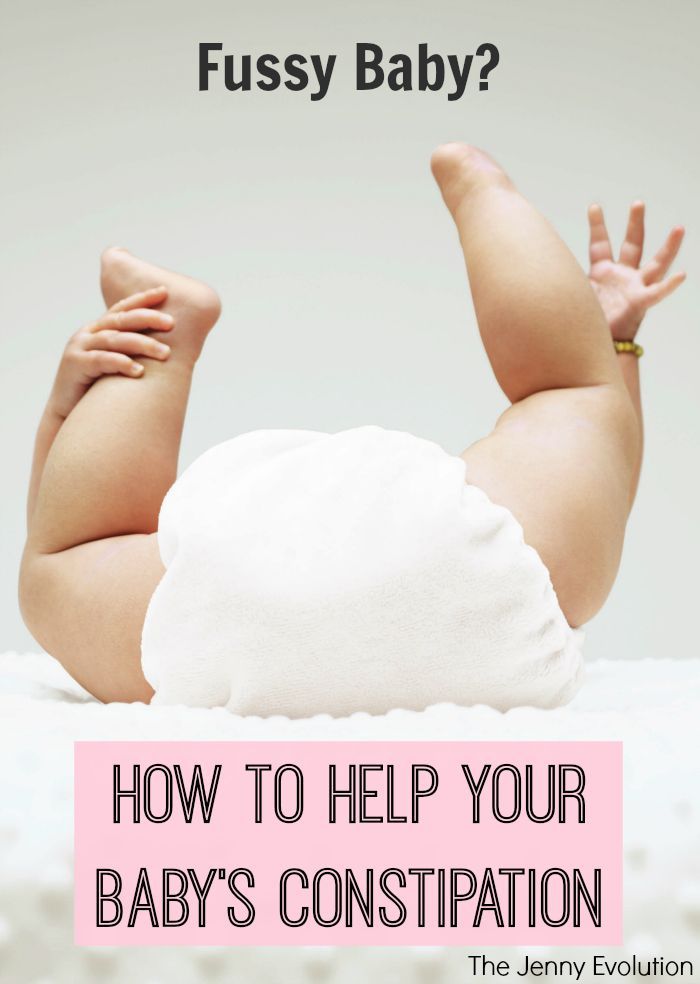 The fight against the problem should begin not with taking medications, but with changing the diet.
The fight against the problem should begin not with taking medications, but with changing the diet.
Necessary:
- Increase fluid intake
- Establish fractional nutrition
- Add fiber-rich foods to your diet
You should teach your child to drink plain clean water. For babies over the age of 3, 2-3 glasses of water a day are usually sufficient. Avoid sugary carbonated drinks, coffee and tea. This is due to the fact that they have a pronounced diuretic effect and stimulate constipation and dehydration.
Especially useful is the cool water that children drink in the morning on an empty stomach. Gradually, the temperature of the liquid can be reduced. The following drinks also have a laxative effect:
- beet juice
- fermented milk (kefir, fermented baked milk, etc.)
- chamomile decoctions
- dill tea
Important! They should be introduced into the diet gradually, starting with a small amount.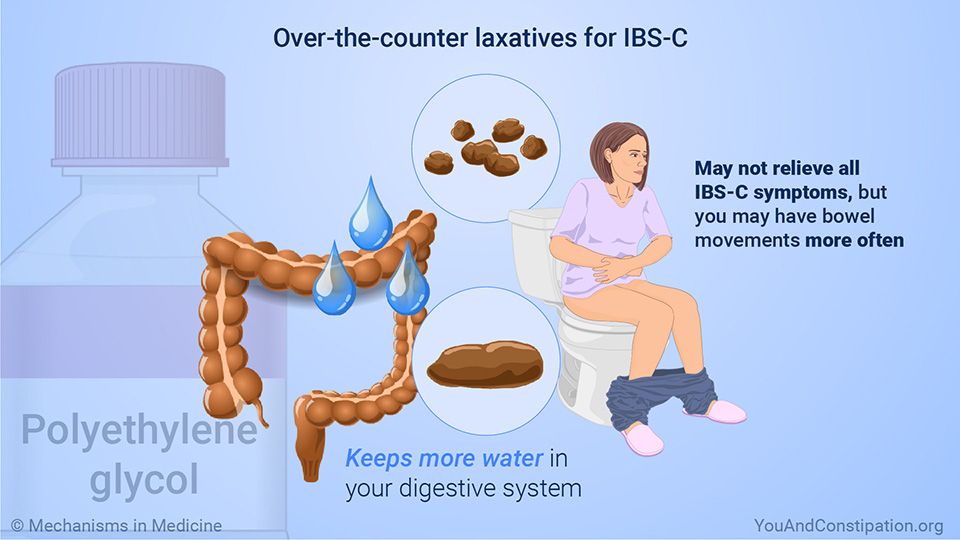 Otherwise, you can provoke a breakdown in digestion.
Otherwise, you can provoke a breakdown in digestion.
You should teach your child to drink plain clean water. For babies over the age of 3, 2-3 glasses of water a day are usually sufficient.
The treatment of constipation in children also implies the introduction of laxative products into the diet, which include:
- legumes
- nuts
- prunes and dried apricots
- plum
- beets
- dates
They are also included in the diet gradually and under the supervision of a physician. Cereal porridges can be useful: oatmeal, buckwheat, wheat, pearl barley. It is advisable to refuse rice, pears, sweets, muffins, animal fats, flour products. They have a fixing effect.
What else to feed the child so that there is no constipation?
The answer to this question should be given by the pediatrician.
Gymnastics
For the prevention of a pathological condition, walking and running, swimming, exercises to strengthen the abdominal press, squats, bends are useful.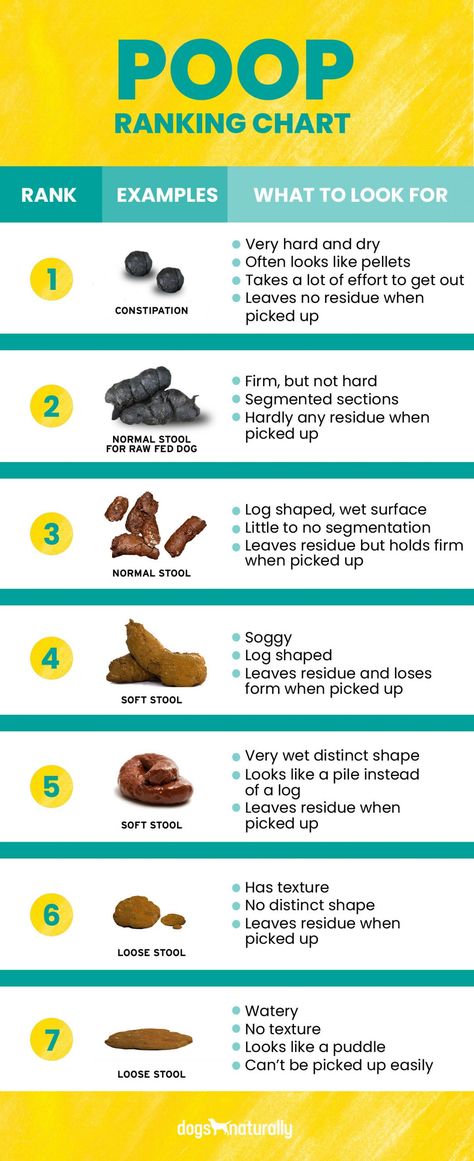
It is believed that mobile, active children are less likely to suffer from constipation. For the prevention of a pathological condition, walking and running, swimming, exercises to strengthen the abdominal press, squats, bends are useful.
If the child is already suffering from stool problems, it is recommended to start the day with simple morning exercises. Massage may also be helpful.
It is important to pay attention to the general change in the behavior of the baby.
The child should be taught to go to the toilet at about the same time, encouraged for observing the daily routine (motivate and praise).
It is also important to create a favorable environment in the toilet. Nothing should distract the child from the act of defecation or scare him in the bathroom.
Benefits of contacting MEDSI
- Help from experienced doctors. Pediatric coloproctologists, gastroenterologists and psychologists work with patients.
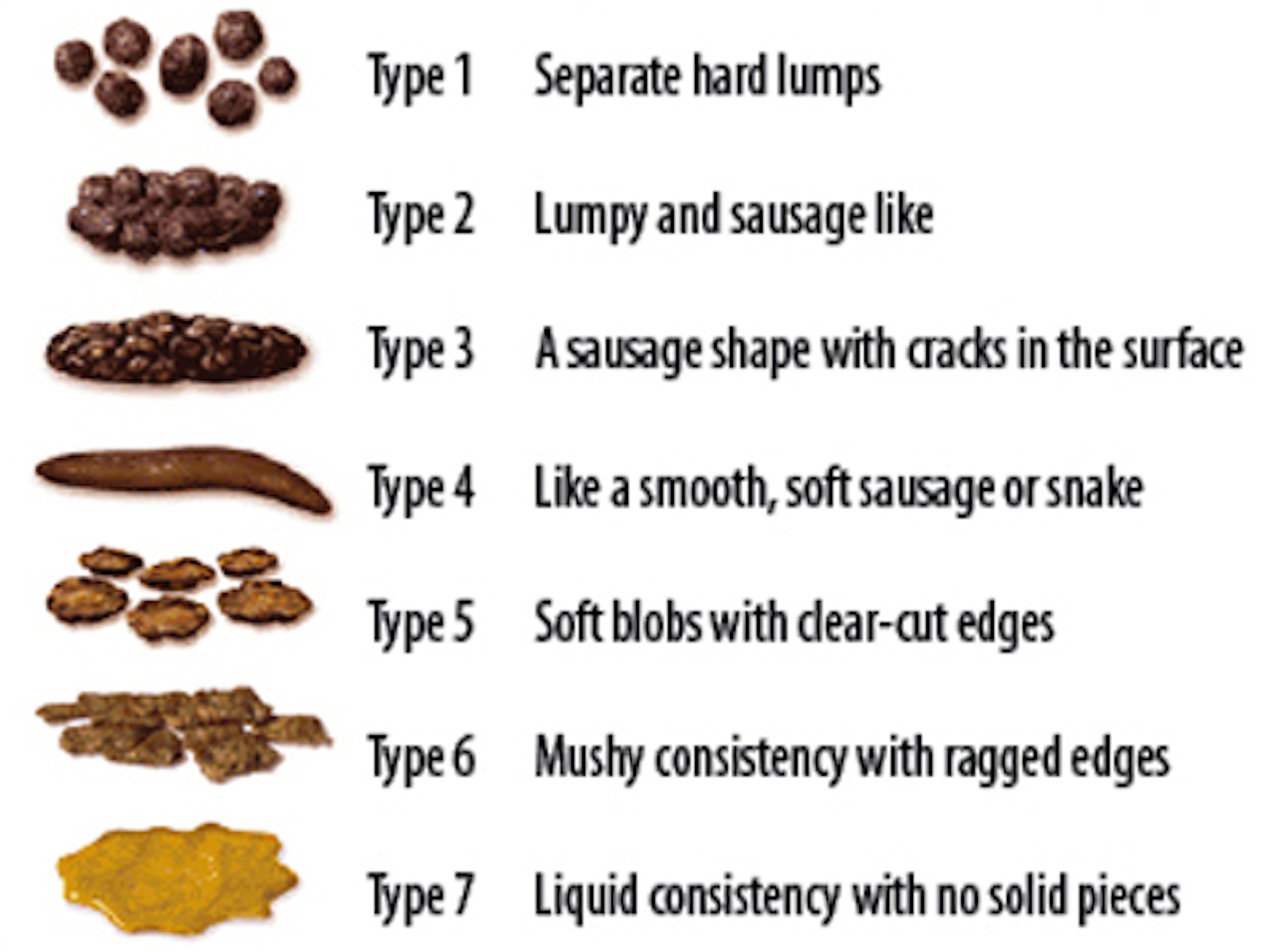 They know exactly how to treat constipation in a child in accordance with the reasons that provoked it
They know exactly how to treat constipation in a child in accordance with the reasons that provoked it - Diagnostic options. The clinic can conduct comprehensive examinations. They allow you to identify the causes of the pathology, find out how and what causes constipation in a child, help him as soon as possible
- Comprehensive approach to troubleshooting. Doctors not only recommend diet and gymnastics. If necessary, specialists prescribe laxatives, antispasmodics, as well as agents that stimulate the evacuation of feces (enemas and suppositories). All drugs are selected individually
- Prevention of complications. To prevent the undesirable consequences of constipation, check-ups by a coloproctologist are mandatory
- Comfort of visiting clinics. We provide timely consultations without queues at a convenient time for patients
To make an appointment, just call 8 (495) 7-800-500. Our specialist will answer all questions and suggest the best time to visit a doctor.



